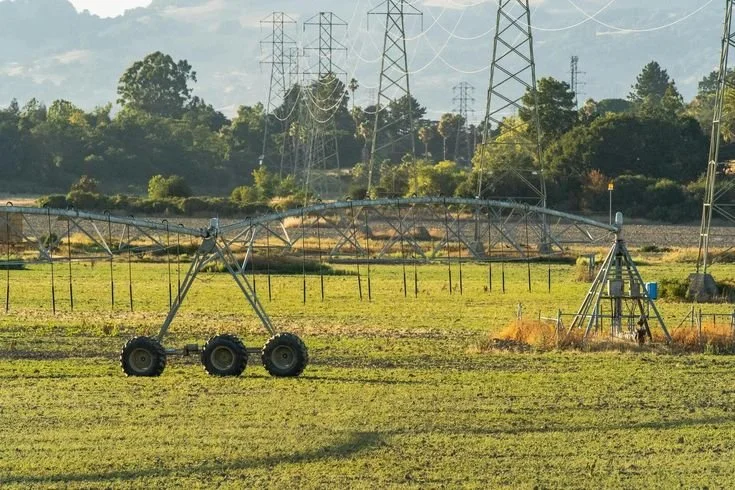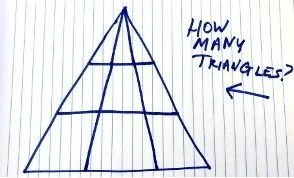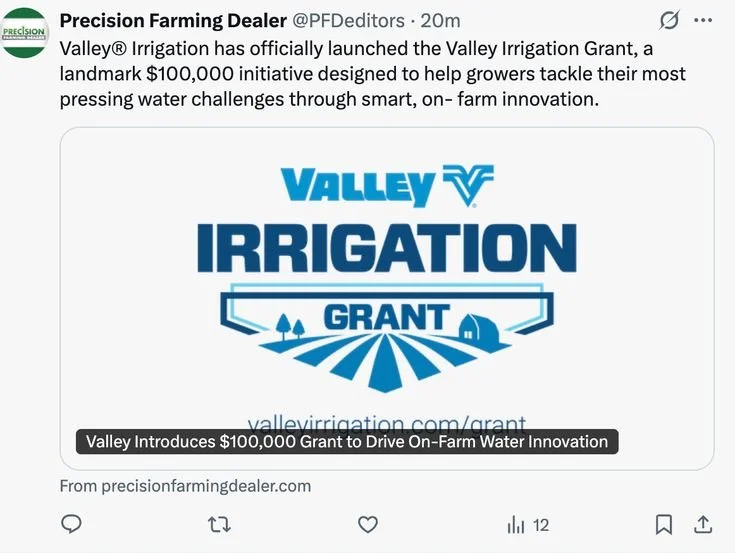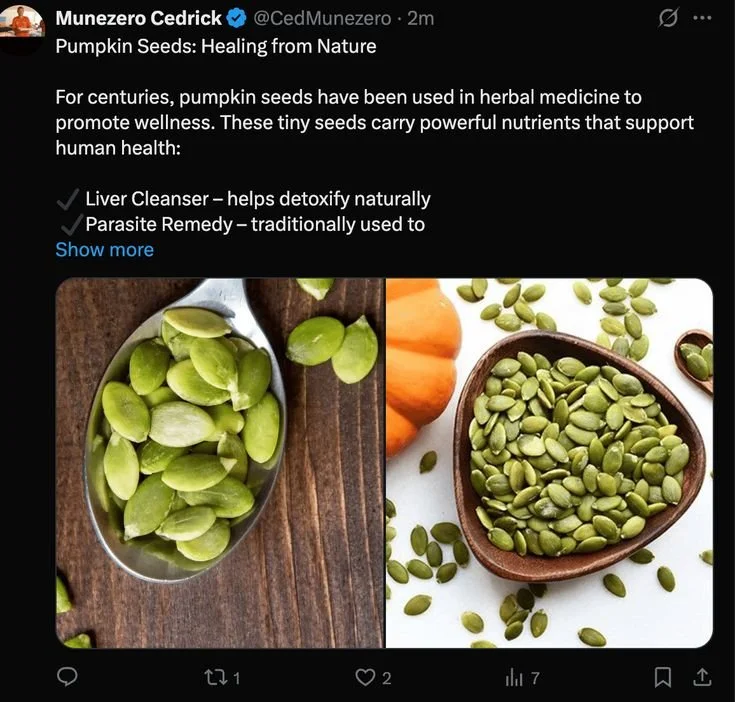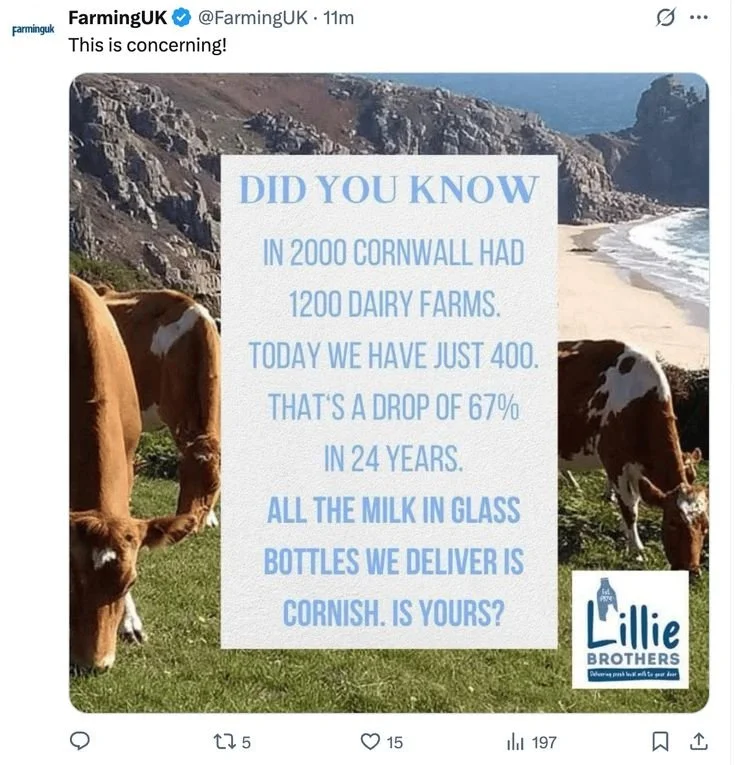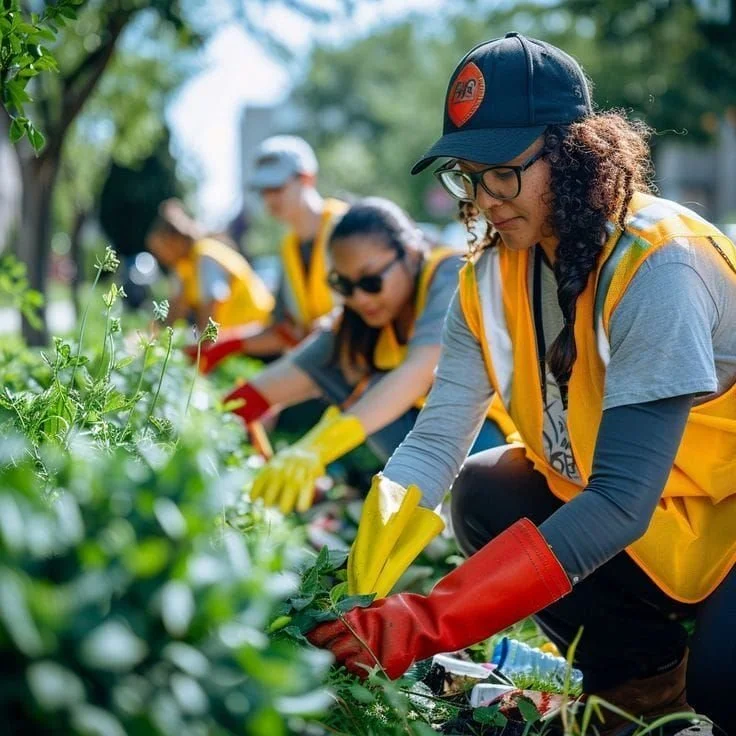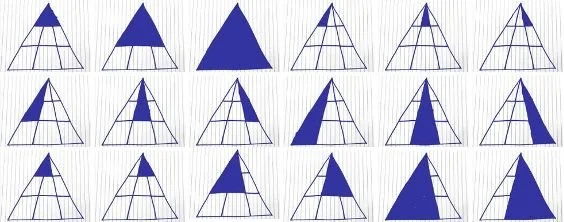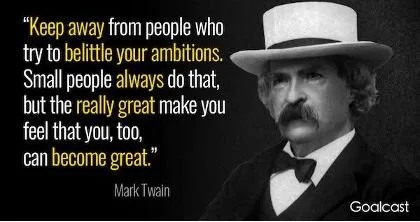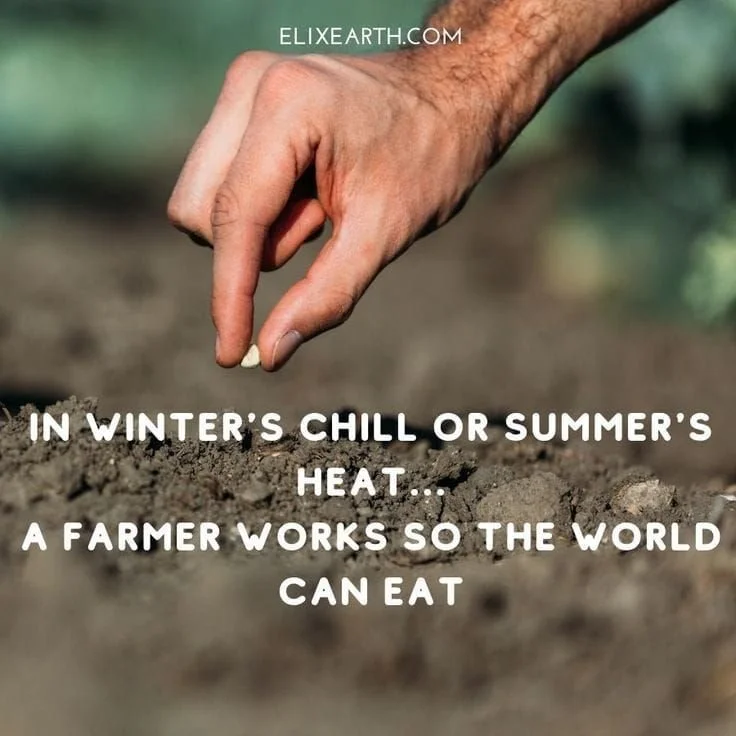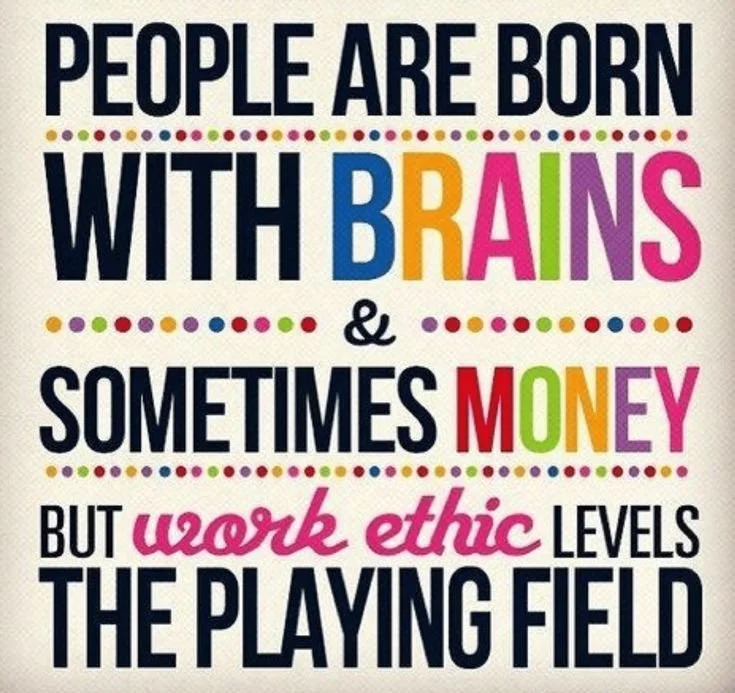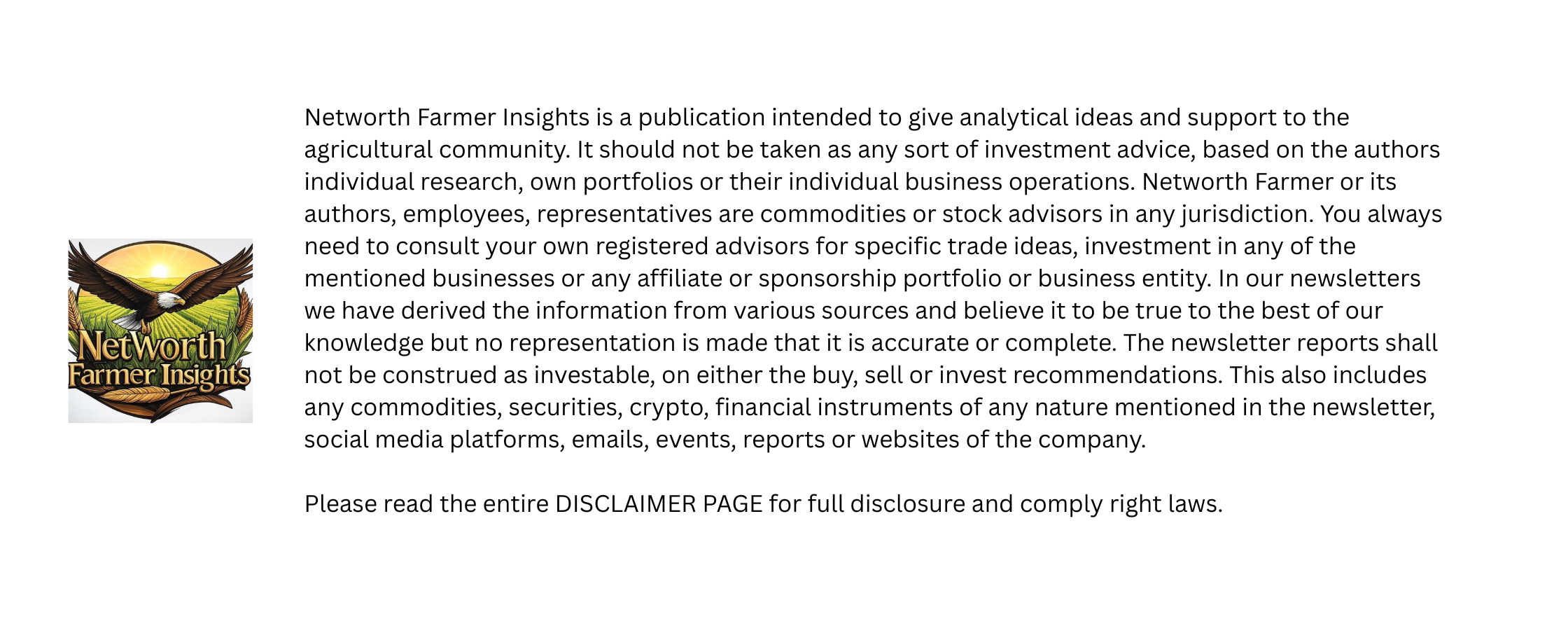Leveling the Field
“If I cannot do great things, I can do small things in a great way. ”
🚜 New in AgTech
Farming With Precision
Precision agriculture integrates a variety of digital technologies. These include satellite navigation systems, Geographic Information Systems (GIS), drones, sensors, and data analytics tools. By collecting real-time data on soil moisture, nutrient levels, crop health, and weather conditions, farmers gain a detailed understanding of the spatial and temporal variability within their fields. Technologies like Variable Rate Technology (VRT) enable precise application of inputs, reducing waste and improving productivity.
Precision agriculture also heavily relies on centimeter-level Global Navigation Satellite System (GNSS) positioning to guide autonomous equipment such as robotic seeders, sprayers, and unmanned tractors, ensuring accuracy even in complex terrains like hills and orchards. Modern GNSS antennas with interference mitigation technologies help maintain robust signal tracking even in challenging environments, supporting high precision operations critical for activities like planting, spraying, monitoring, and harvesting.
How can GNSS interference affect crop-spraying accuracy in European orchards?
GNSS interference can really impact how accurately crops are sprayed in European orchards. This happens because dense tree canopies, trellis structures, and various environmental factors can block or weaken the signals. This interference can cause positioning data to be unstable or inaccurate, which is really important for precision spraying operations. These operations depend on centimeter-level GNSS precision for accurate navigation and the targeted application of pesticides and nutrients.
In orchards, the thick canopy and trellises can really interfere with satellite signals. This leads to fluctuations in GNSS signals and can create those pesky multipath effects. This leads to a drop in signal quality and positioning accuracy. When GNSS signals aren't reliable, autonomous sprayers or machinery can stray from their intended paths. This can lead to uneven spraying, with some areas getting too much chemical and others not enough. This inefficiency leads to more pesticide waste, environmental contamination, and risks to crop health.
To tackle these challenges, we use advanced solutions like combining GNSS with inertial navigation systems (INS), optical gyroscopes, and sensor fusion. These systems keep track of positioning really well, even if GNSS signals are blocked a bit or completely. Also, using multi-constellation GNSS receivers and antennas that have interference mitigation technologies really helps make things more reliable in tricky orchard settings.
Photo by Robert So
Using precise GNSS positioning along with variable-rate spraying technology lets you adjust the spray volume on the fly, depending on how dense the canopy is. This way, you can make the most of your pesticide use and cut down on waste. Field tests indicate that these systems can really cut down on spray variation and runoff when compared to constant-rate spraying, making them more effective and sustainable.
To sum it up, GNSS interference in European orchards really messes with crop-spraying accuracy because it leads to unreliable positioning data. It's really important to tackle these issues using integrated navigation technologies and advanced GNSS antennas. Doing so will help us meet the high precision and efficiency needed in today's orchard management, which is great for both the economy and the environment.
Coming Together and Taking Action
With Europe dealing with more challenges from climate change, growing populations, and limited resources, adopting precision agriculture is becoming essential, not just beneficial. Hey there, farmers, agronomists, and everyone involved in agriculture! Here are some steps you might want to think about:
Consider embracing digital technologies! Look into precision tools like GPS-guided machinery, drones or satellites for remote sensing, and data management platforms that can give you useful insights.
It's important to look for training and support. Getting new technical skills in data handling, sensor operation, and precision equipment will really help with effective implementation.
Get involved with policy and funding opportunities: Make the most of EU programs under CAP that help with sustainable farming and getting access to digital infrastructure.
Let's team up to share knowledge! We can connect with folks nearby and across Europe to swap ideas and innovations in precision agriculture.
Let's commit to sustainable farming! By using precision agriculture, we can cut down on chemical use, save water, and boost soil health, all while working towards a greener future.
Precision agriculture helps European farmers grow more nutritious, safe, and sustainable food, all while taking care of our natural resources for the future. Let’s dive into these innovative technologies and practices to boost resilience, profitability, and environmental stewardship on our farmlands across the continent.
-
How many triangles are there?
Beanless Brews for a Sustainable Europe
Imagine waking up tomorrow to discover that you can't count on a cup of coffee to start your day. Does this sound dramatic? The sad truth is that it's not far from reality. Although coffee culture is deeply ingrained in European life, the traditional coffee bean is currently facing significant challenges. Climate change, deforestation, and unpredictable commodity markets are causing significant challenges for Europe, the world's largest coffee importer. Climate change threatens coffee crops globally, pushing prices higher and jeopardizing future supplies. The good news is, we have a revolutionary innovation that could redefine how we enjoy our daily cup. Beanless coffee.
It's exactly what it sounds like. Beanless coffee is a novel alternative brewed without traditional coffee beans. Instead, it uses plant-based ingredients like roasted chickpeas or legumes, fermented and blended to mimic the aroma, flavor, and caffeine kick of classic coffee. This innovation addresses the growing environmental crisis caused by traditional coffee farming.
Why Beanless Coffee Matters for Sustainability
The production of beanless coffee can decrease water consumption and carbon emissions by as much as 90%. This represents a substantial enhancement compared to the resource-intensive cultivation of conventional coffee.
Given that 60% of coffee species are endangered and climate variability is increasing, beanless coffee presents a more stable and scalable alternative that is less susceptible to extreme weather conditions.
By December 2025, new EU rules will stop the sale of coffee products that are linked to deforestation. This makes sustainable options like beanless coffee even more important.
Some startups even upcycle food industry byproducts (like date pits or spent grains) into coffee alternatives, locking beanless brews firmly into Europe’s circular bioeconomy push.
Koppie Press Release Photo
The Belgian firm Koppie makes a coffee substitute with just one ingredient, fermented legumes like chickpeas, which can be roasted, ground and brewed. The result is a brew that tastes very similar to regular coffee. Koppie, based in Ghent, was one of 12 bio-food startups selected for Biotope's autumn 2024 accelerator and early investor cohort. The startup raised an undisclosed amount of pre-seed cash in late June from a group of investors that included Nucleus Cash, a German firm that specialises in food technology; two additional VC firms; and several high-impact angel investors. “Koppie is not positioning its product as a full replacement but as an integrative ingredient for innovation,” the company said. “Current R&D efforts are focused on fermentation perfection, modular blending, and product applications in pods, filter, and RTD formats.” Koppie plans to increase production and offer environmentally friendly beers to customers in Europe with the help of innovation grants and accelerator programs funded by the European Union.
So, beanless coffee could be a less harmful option for the environment. Start-ups in the game also suggest that, if scaled up, beanless coffee could be less expensive than its regular counterpart. With coffee prices’ record high on worldwide markets this year, alternative coffee is a welcome option. Will this lead to the extinction of coffee as we currently know it? Just like oat milk didn’t kill dairy, it expanded your choices, beanless coffee is here to give us more resilient, sustainable options. Even if alt-coffee could only meet the extra demand for coffee that is expected, it would be good for mother-nature and wouldn't put anyone out of business. I hope I felt my fellow European innovators and coffee lovers something worth brewing up excitement for.
📢 Tweet of The Week
🌍 Fields & Frontiers
How Digital Tools Empower Smallholders for EU Deforestation Compliance: Smallholder farmers are really up against it when it comes to meeting the tough standards set by the EU Deforestation Regulation (EUDR), and this could put them at risk of being shut out from international markets. But, new digital tools are stepping up to help close this gap by improving transparency, traceability, and keeping an eye on compliance. These tools help smallholders keep track of their sustainable practices and link up with supply chains more easily, giving them a fair shot against bigger producers. It's really important to bring technology into the mix so that small-scale farmers aren't left out of the global fight against deforestation. If you want to dive deeper into these exciting developments and see how they’re making a difference, check out AgTech Navigator for the full article.
What is a Central Bank Digital Currency?: Central Bank Digital Currencies represent a new frontier in monetary policy and digital finance, with the potential to reshape payment systems worldwide. Unlike cryptocurrencies, CBDCs are issued and regulated by national banks, ensuring trust and stability. European countries are exploring CBDCs to enable instant, secure digital payments that complement cash and traditional banking. For AgTech firms, CBDCs could simplify cross-border transactions, lower payment costs, and enhance traceability in supply chains. As this technology evolves, staying informed will be key to seizing new business opportunities. Get detailed insights on CBDCs from the Reserve Bank of Australia here.
John Deere: Innovating Through the Storm:John Deere’s Q3 2025 earnings declined sharply due to tariff costs and cautious capital spending by growers amid market volatility, cutting operating profits to $580 million from $1.162 billion a year earlier. Despite these challenges, John Deere’s precision agriculture technologies and digital solutions, including its growing JDLink satellite connectivity service and AI-driven data analytics, represent key growth opportunities. The company sold 21,000 precision ag bundles globally and expanded JDLink connectivity beyond Brazil to several other markets, enhancing farm operations with actionable insights. The motivation to stay ahead with technology comes from the potential to deliver value to farmers by leveraging extensive data to improve decision-making and operational efficiency at scale. John Deere’s leadership remains committed to innovation despite earnings declines because they see AI and digital solutions as crucial to future competitiveness and sustained growth. We can all learn something from Deere. Visit AgTech Navigator for more.
Elevating Android Security: To further ensure the safety of app installations on certified Android devices, Android is implementing a new security measure next year known as developer verification. It will be considerably more difficult for bad actors to continuously distribute damaging software thanks to this provision, which mandates that all apps be registered by certified creators. This creates accountability. This new endeavour is an expansion of Google Play's developer verification program and an attempt to standardise Android's trustworthiness while protecting users' freedom of choice. Governments and business partners across the globe have lauded this move, seeing it as a middle ground between too restrictive security measures and Android's inherent openness. With the new Android Developer Console, developers can gain early access possibilities, expedite verification, and more—even if their apps aren't distributed through Google Play. Discover more on Android Developers.
How Co-op’s Fund is Winning Over Farmers: Could this be the break for farmers in Europe? The UK Co-op has made a significant impact with its £820,000 sustainability fund. It provides small incentives to dairy, beef, and lamb producers that invest in solar energy, cut emissions, or increase biodiversity by implementing pollinator and soil health measures. Co-op estimates that more than 15% of its beef supply chain is now involved, demonstrating the significant uptake since launch. This momentum highlights increased retailer support for farm-level climate action and is consistent with previous coverage of the initiative's expansion. It sends a strong message to European Agri-Tech innovators: sustainability is becoming a financial need rather than just a matter of morality. To learn more of this fund, visit Coop/media.
Spectrum Surge: Big news shaking up the telecom world could have exciting ripple effects for AgTech innovators! AT&T is set to acquire valuable spectrum licenses from EchoStar in a landmark $23 billion deal, unlocking vast new wireless capacity. This expanded connectivity can supercharge smart farming technologies by enabling faster, more reliable data transmission across rural and remote agricultural areas. Imagine precision drones, IoT sensors, and autonomous equipment working seamlessly with enhanced network coverage—transforming farms into high-tech hubs of efficiency and productivity. Curious about how this telecom titan’s move might accelerate the digital future of agriculture? Dive into the full story here and stay ahead of the curve! Read more
Vietnam’s Missed Green Opportunity: Vietnam’s agriculture sector, covering almost 10 million hectares of farmland, has a lot of potential to generate carbon credits. This could open up new revenue streams and help millions of farmers and agribusinesses transition to greener practices. However, Vietnam faces significant challenges, including the absence of a clear set of laws and a reliable method to track and confirm reductions in emissions, which prevents its carbon credits from accessing profitable global markets. Companies like Lam Son Sugar are pioneering organic, low-emission farming models and advocating for government-backed mechanisms that align with international standards to unlock these opportunities. For individuals involved in agriculture in Europe, the challenges faced by Vietnam highlight the importance of having solid legal systems, clear market processes, and effective financial incentives. TThese elements can make sustainable farming not only believable but also appealing to farmers worldwide. Visit AgTech Navigator for more context on this.
Today in History:On September 3, 1783, a momentous chapter in world history was sealed in Paris. Britain, the United States, France, and Spain gathered around the table to sign the Treaty of Paris, officially ending the American Revolutionary War. With the stroke of a pen, Britain recognized U.S. independence—a decision that sent ripples across Europe, reshaping power balances and colonial ambitions. For France, Spain, and the Netherlands, the treaty marked both opportunities and hard lessons in the contest for global influence. Dive deeper into this pivotal turning point and explore the original documents here Treaty of Paris – National Archives.
-
18

